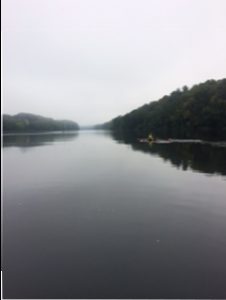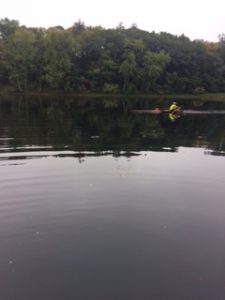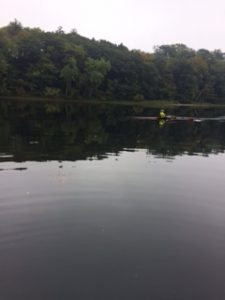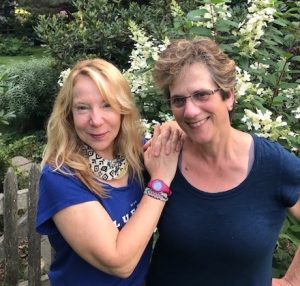
The biggest challenge of sculling for me is not balancing in a long, narrow boat nor wielding eight-foot oars, but seeing behind me. When I’m in my racing shell, I face where I’ve been but can’t see where I’m going.
Fortunately, I row on the Connecticut, on a stretch of river that’s unpeopled most mornings, save for a few other members of the Putney Rowing Club. Club protocol calls for rowing upstream along the New Hampshire shoreline and staying on the Vermont side heading down. This convention prevents us from running into each other, but it doesn’t prevent collisions with flotsam, jetsam, or snags.
Flotsam appears as debris after big storms and jetsam as beverage containers and other trash after long holiday weekends. Snags, however, are another matter entirely.
A snag is an unexpected obstacle in the river, usually an uprooted tree that’s impaled itself on the river bottom. Ideally, enough of it remains above the water’s surface, so boaters can see it – if they have eyes in back of their heads.

Rowers have extraordinary skills of balance, strength, and aerobic capacity, but we don’t have eyes in the back of our heads.
Some rowers employ the kind of rear-view mirror cyclists attach to their helmets; rowers attach them to billed caps. This allows them to see just beyond the bow of the boat as they finish their stroke.
After years of managing without a mirror, I bought one called The Third Eye. I’ve heard the Third Eye referred to in yoga as the chakra just above and between the eyes, enabling psychic vision. Western medical tradition has sought a physical basis for internal perception; some believe we have a third eye located in the pineal gland – at the back of the head.
When rowing, an eye at the back of the head would be more useful than an eye that’s a window to my soul. But neither is as practical as a rear-view mirror. Or so I thought.

With the mirror on the right side of my hat, I set out upstream. In no time at all, my right eye hurt. I stopped to adjust the mirror. I bumped in to floating debris. I felt a headache coming on. I gave up.
I lowered the mirror for relief, but it reflected sunlight off the riffles on the water’s surface – like a strobe light. I thought I’d throw up. I removed the hat.
I continued to row as I always had, paying close attention to the shoreline, which I memorize every season. I know where the big snags are, and when to expect them.
And I watch the water for surface disturbance, turning if I suspect flotsam coming my way. Mostly, though, I just row.
Rowing is not just physical exercise, but also a mental exercise in staying focused and present. “Keep your head in the boat,” I tell myself when my mind wanders and my stroke falters. I check the shoreline to remind myself where I am. The irony is I ground myself with landmarks, even on the water.
I also frequently turn my head and look where I’m going to check for clearance, to make sure there’s nothing in the way. Sometimes, I just have a hunch there’s something behind me, and I turn to look. The few times I’m right feels uncanny, as if I really have developed a sixth sense.
Maybe I have.
But most of the time when I turn my head behind me, all I see is the river. This has taught me that perhaps the best way to see where I’m going is to look where I’ve been and to pay attention to the moment where I am.

collaborating with writer, educator and speaker, Deborah Lee Luskin
to offer this WALKshop. L’NM is an international movement that bridges
walking and nature with mindfulness and personal leadership.
Deborah Lee Luskin is an award-winning author and radio commentator.
Both Kate and Deb walk regularly – and sometimes far – to make
pilgrimages to their truest selves. Photo courtesy of Leadership N Motion.
Come join Kate and me for WOMEN WRITING AND WALKING TOWARD WISDOM – a one-day WALKshop on Saturday, November 4, 9am – 4pm. Learn more and register.